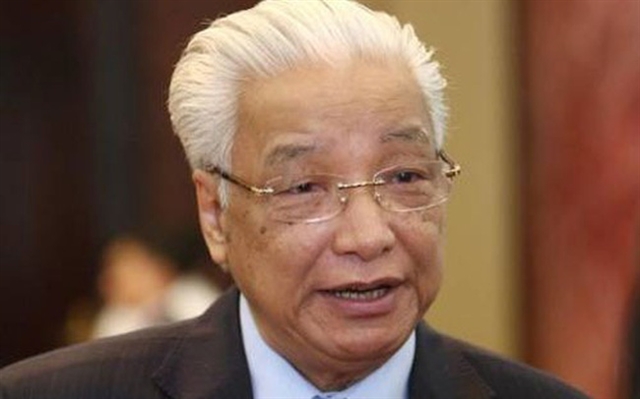 Opinion
Opinion


|
| Cao Sỹ Kiêm. — Photo theleader |
Why should Việt Nam limit the proposed budget for the high-speed rail line to less than US$58 billion?
High speed rail is one of the best modes of transport in a country’s economic development. Rail transportation can carry the most cargo compared with other means. However, the cost of rail infrastructure is always very high, ranging from the funding investment to the management and operation.
The plan to construct a high speed trans-Việt Nam rail line is not a simple task, particularly in with the State coffers facing a shortage. This is one of the main reasons why many have come out against the proposal that the Government should spend up to US$58 billion on the project.
Do you think the budget proposal is too expensive?
It is too early to come to such a conclusion. As I have mentioned above, investment in railway infrastructure is very expensive. Right now we should look at the proposal developed by the Ministry of Transport to see if it really fits our country’s needs and circumstances, particularly in terms of financial capacity.
Why is the railway not suitable?
Firstly, the project is not an urgent requirement, as the nation needs a lot of money for other things. Many developed countries have attracted investment capital for their national economic development. Meanwhile, the World Bank and Asian Development Bank have tightened their lending policies. In other words, it is not easy for Việt Nam to mobilise tens of billions of dollars to construct its high-speed railway.
Geographically speaking, Việt Nam’s topography is complicated with many mountains and rivers, constituting a major challenge in the construction of high speed railway.
Additionally, the MOT suggested the speed of the trains should reach as high as 350 km/h. Even for Japan, such a high speed train represents a challenge for engineers. So the MOT’s proposal is quite a tall order.
More recently, the Ministry of Planning and Investment came up with a budget which was less than half of the MOT’s. What do you think of the MPI’s proposal?
The capital investment in the high speed railway was subject to many discussions among concerned authorities. Yet, no final conclusion was made. And now the issue has come up again.
The MOT has come up with a proposal which puts the project at US$58 billion, a quarter of the country's GDP, while the Ministry of Planning and Investment has proposed a much lower total budget, around US$26 billion.
This is food for thought for concerned authorities to make their final decision. However, with a constrained budget, the less money we have to spend on the line is better. But whatever decision is made, we have to uphold the principles of high quality, yet with low cost.
Some have argued that if the speed of the train is 200 km/h, can the service compete with airlines?
I don’t think the train speed is a core issue. The biggest advantage of the rail line is the volume of cargo it transports, not the passengers. Meanwhile, the strongest point of airlines is its passengers, not cargo.
In both proposals from the Ministry of Transport and the Ministry of Planning and Investment, each has strong points and weak points. The long-delayed Cát Linh-Hà Đông urban line in Hà Nội is an expensive lesson for Việt Nam. The line is just 10km in length, but the construction time took more than 10 years while the budget has jumped considerably compared to the initial estimate.
For the North-South railway line, we have to conduct a thorough study before making a final decision. — VNS




